You all know that I'm all about Teaching for Artistic Behaviors. Sometimes our studio artists develop skills, sometimes they make connections. Sometimes... they do BOTH.
My studio artists spend a lot of their free time immersed in hunting, snowmobiling and fishing. It's important to know about property lines and how to read a plat map so we can find out how to access that small, obscure lake up north where some guy at the local eating establishment bragged about catching their limit of walleye or northern. Although, it's up to you on whether or not you believe the fisherman's tale. Some fishermen don't want their favorite fishing spot to become populated with outsiders. Ya gotta keep it a secret! Shhhh!
My studio artists spend a lot of their free time immersed in hunting, snowmobiling and fishing. It's important to know about property lines and how to read a plat map so we can find out how to access that small, obscure lake up north where some guy at the local eating establishment bragged about catching their limit of walleye or northern. Although, it's up to you on whether or not you believe the fisherman's tale. Some fishermen don't want their favorite fishing spot to become populated with outsiders. Ya gotta keep it a secret! Shhhh!
Sometime we have to use the local plat book to find out who owns that property down by the creek because you hit a deer with your bow & arrow, and it stumbled away on to property that doesn't belong to you. Then you have make polite phone calls to the neighbor, asking permission to search for the injured deer. You better not waste that venison! Don't want to get caught lurking on his trail camera. That'd be trespassing. That may or may not have happened to my kids with our neighbor.
Reading a plat map is a skill all on its own, fostered by my 8th grade social studies comrade. We call her Compton. Not to be confused with "straight outta Compton". No comparison, except for the aggravated assault I'm going to get when she finds out I wrote that. (Help!)
I jumped on board with her plat map unit. I wanted my 8th grade students to learn about the printmaking process before they dove into using linoleum, so why not make a large scale version of our local plat map?
I jumped on board with her plat map unit. I wanted my 8th grade students to learn about the printmaking process before they dove into using linoleum, so why not make a large scale version of our local plat map?
That's what we call arts integration. Developing new art skills while making connections. Overlapping content with other subject areas. It'll be The Town of New Holstein, maximized in size! Read that to yourself with a loud, booming announcer's voice and it's double the fun. Add in some property cards in the style of Monopoly, and it's like a game. Sort of. Maybe if I had money with it?
C'mon... I even made the cards with sheds and farms rather than hotels. Because we're rural Midwest. Our property values go up with sheds and barns, filled with snowmobiles and fishing equipment. And let me say... I made up those numbers. I have NO IDEA if Danes' Dairy Farm property is worth $425. Pfff! I think I'm a bit low on that estimate, but don't ask the Danes' family because that'd be rude. Let's just stick to the topic of printmaking and reading plat maps. Because that is the whole point of using the property cards! In the end, we all have to apply our map reading skills by choosing a property card, finding the property on the map and labeling it with the landowner's name.
We got to use fun, new materials in the process. Welcome to Scratch Foam. From hence forth, I call it what it is: flat sheets of Styrofoam that can be drawn on with a pencil.
You can see that there's not a whole lot of creativity that goes into this process. GASP! I know, it's so unlike me. The creativity will come once they understand how the printmaking process. Artists develop skills. Artists make connections. Did you know that a brayer is not someone who makes donkey sounds? It's a printmaking tool! I bet you're not going to forget that one now.
I had some students who absolutely despised the word gouge tool. It gave them the heebie jeebies. It made them want to gouge their eyes (ears?) out. Buwahaha! Bad middle school humor. But be forewarned. Someone, sometime, will want you to call it a carving tool instead. Just go with the flow. As for the flow of things, here's the learning guide that takes them through the steps of making a plat map print.
And if you really are interested in the flipped video instruction, here's the crazy playlist. Just be warned; I market this to middle school age kids, ok?. It gets the point across and eliminates me having to repeat myself a million times; because who remembers what I said in a demo a week later?! My studio artists watch the video when they're ready and it makes everyone happy.
Now that my studio artists know how to print, it's time for me to put together some creative inspiration for their soft-kut linoleum challenge. If you have any suggestions on your favorite printmaking artists, let me know!

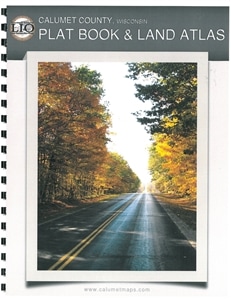
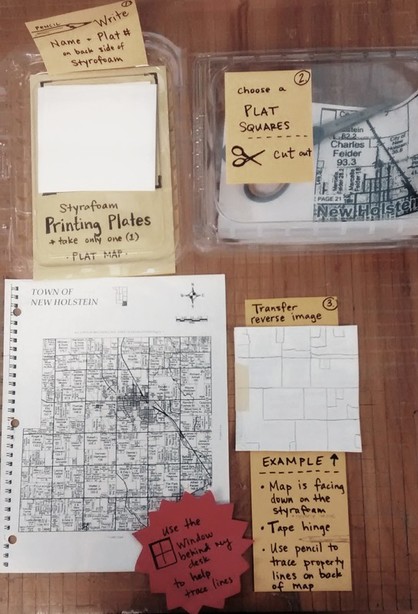
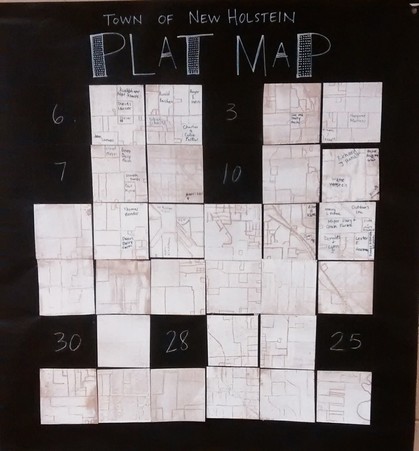
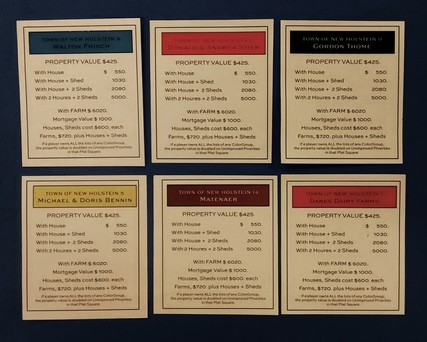
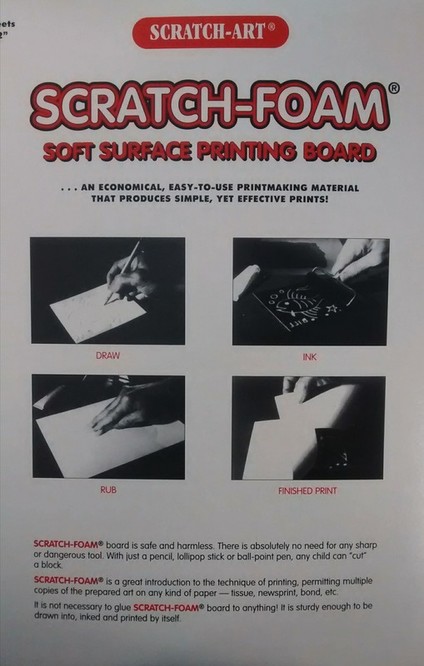
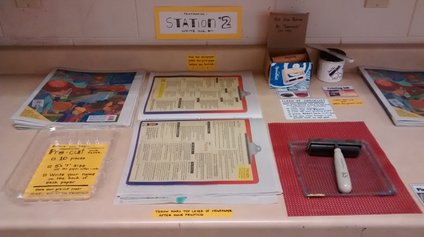
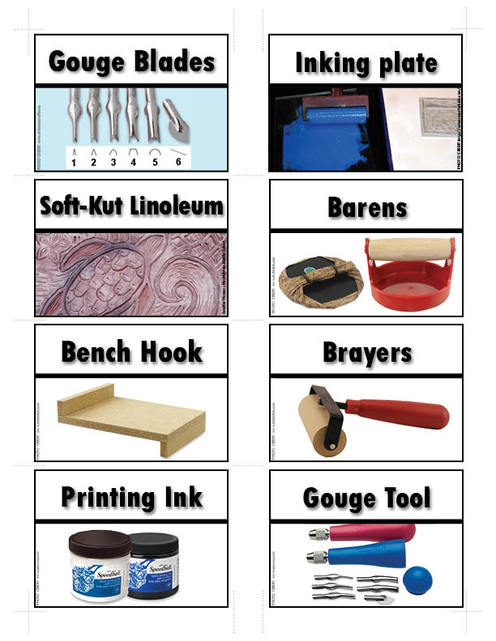
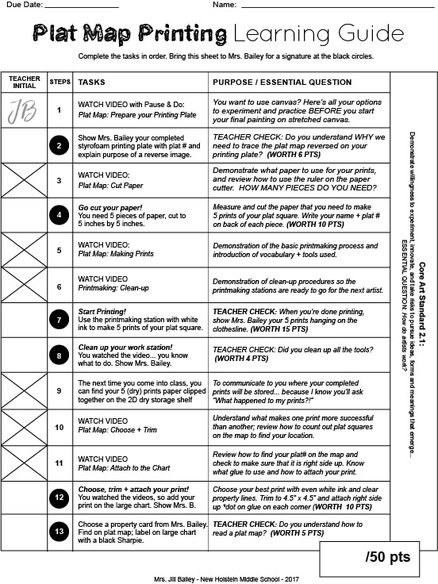
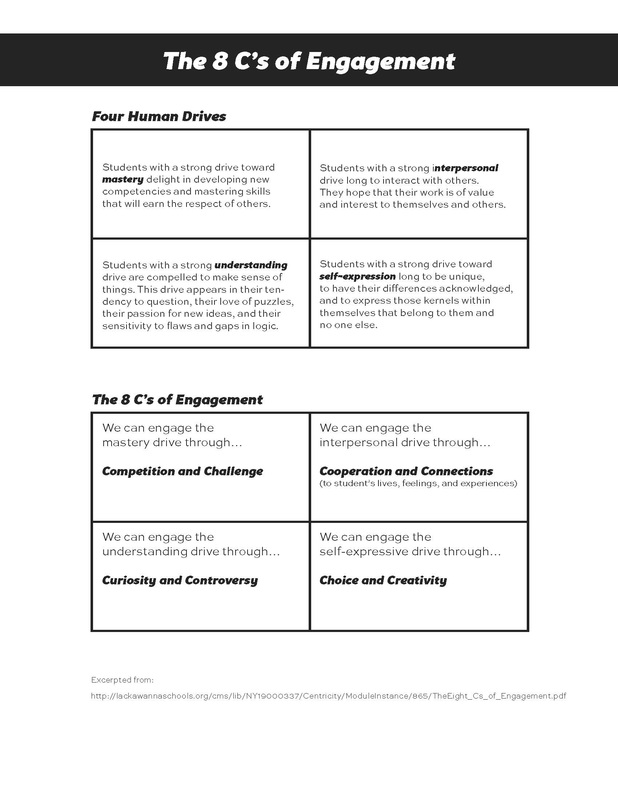
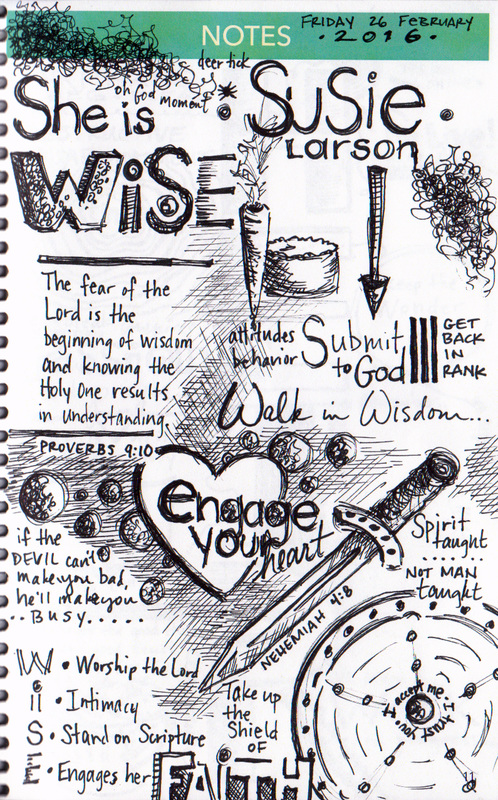
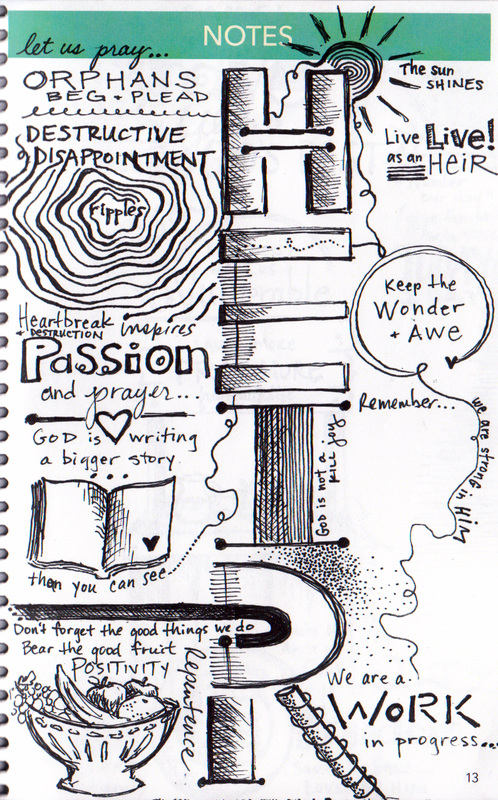
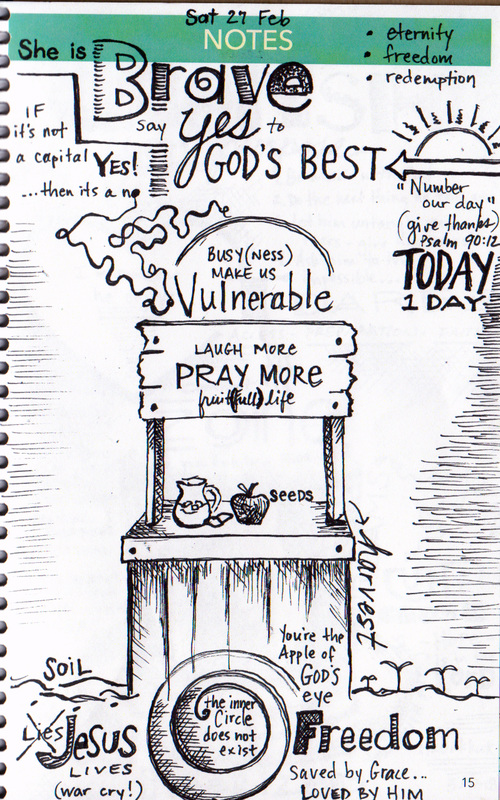
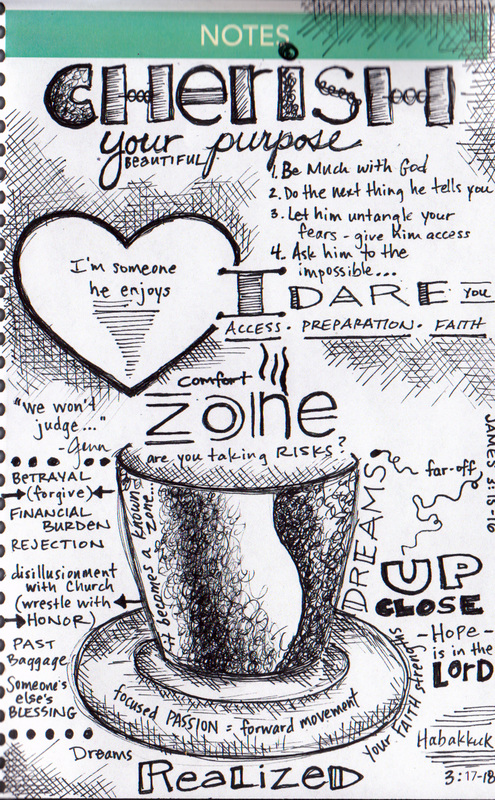
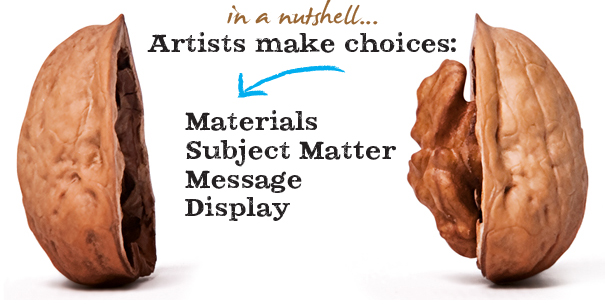
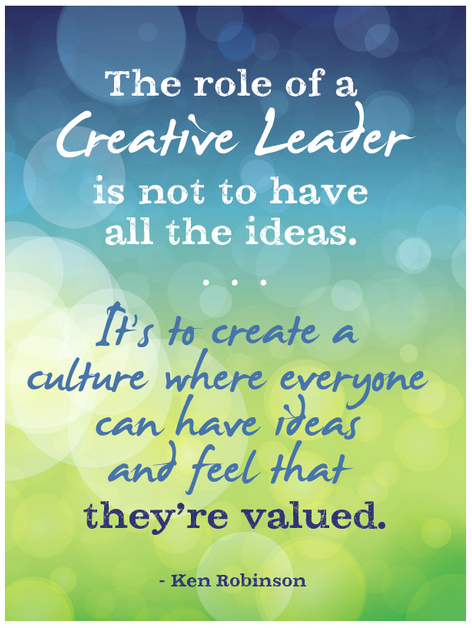
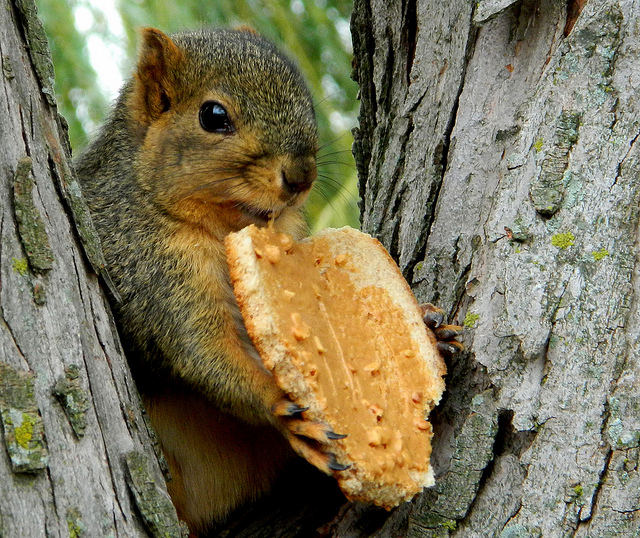
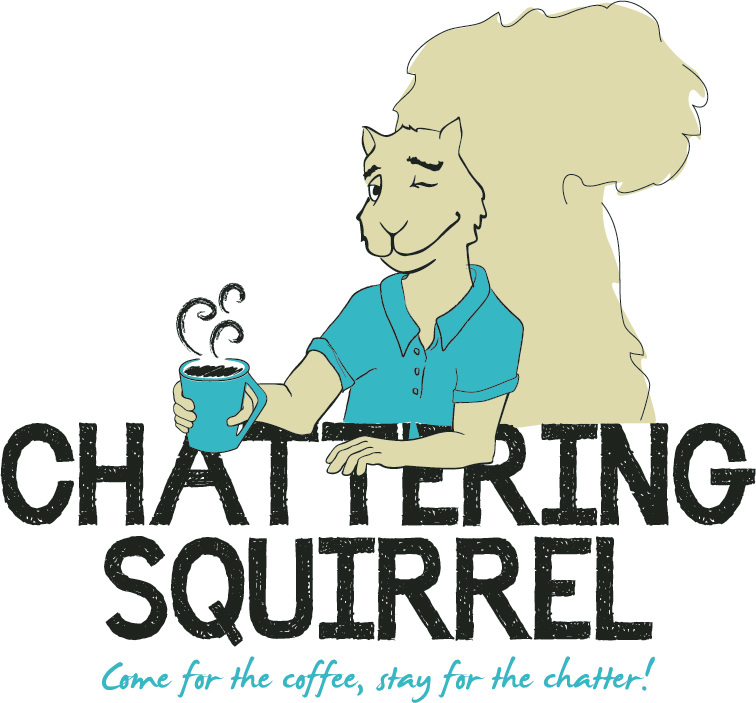
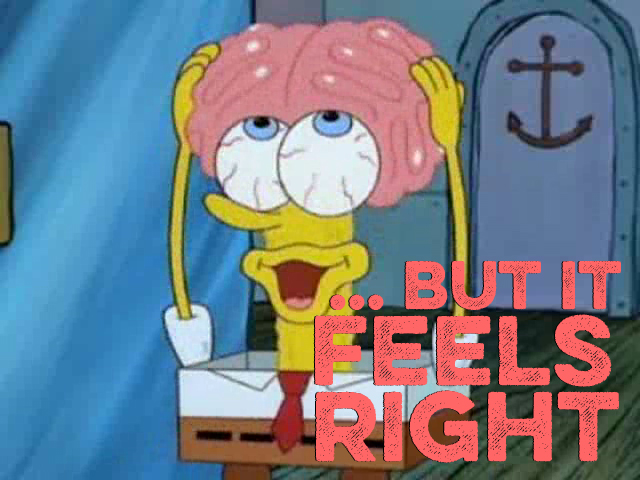
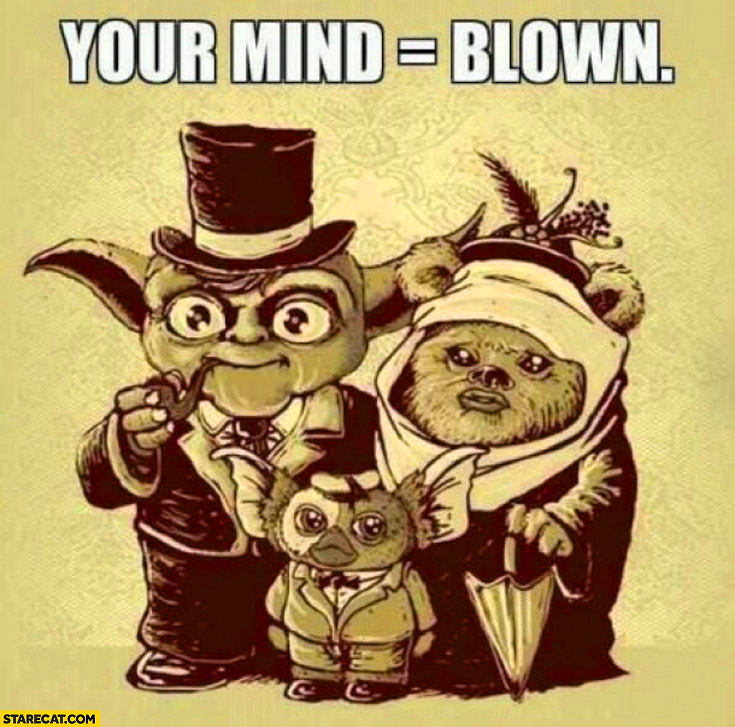
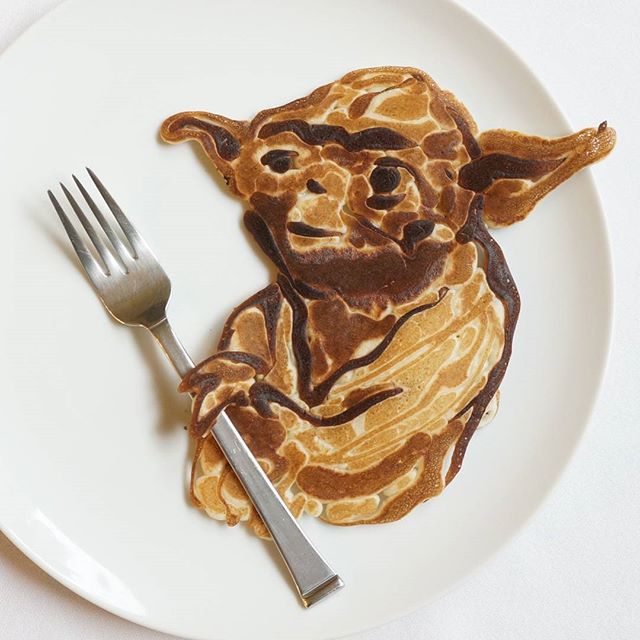
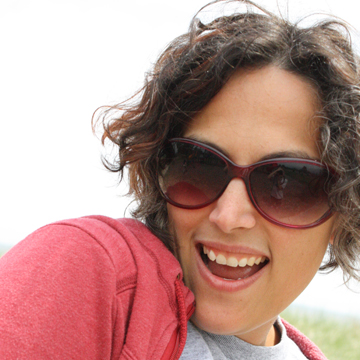
 RSS Feed
RSS Feed
